Every woman faces the problem of being overweight and is looking for a magical way that will help her lose weight quickly. However, few people think about health and the consequences of rapid and inadequate weight loss. Doctors recommend paying attention to the buckwheat diet, which is a healthy and safe way to lose weight.
Buckwheat is rich in proteins, easily digestible carbohydrates, fiber, vitamins and minerals, which allow you not only to lose weight, but also improve your health. Due to its low calorie content (about 100 kcal per 100 buckwheat) and rich composition, the buckwheat diet is one of the most effective.
In this article we will talk about the pros and cons of the buckwheat diet, the rules for its implementation and present several recipes that will help diversify the diet and achieve the desired result.
Why is the buckwheat diet popular?
The buckwheat diet is a diet based on eating buckwheat porridge and avoiding fatty and carbohydrate foods. It is popular due to its effectiveness in weight loss. By following the buckwheat diet, you can lose 5 to 7 kg per week.
In addition, buckwheat porridge is a rich source of protein, which is necessary for the growth and recovery of the body. It also contains a lot of fiber, which helps improve digestion and speed up metabolism.
Buckwheat does not contain gluten, making it suitable for people with celiac disease or gluten intolerance. In addition, buckwheat is cheap and easily available in any store, which makes it attractive for those who want to save money on food.
However, do not forget that the buckwheat diet is not balanced and can lead to a deficiency of certain vitamins and minerals. Also, if you follow a buckwheat diet for a long time, you may experience a feeling of fatigue and general weakness.
It is important to remember that the buckwheat diet is only a temporary measure to achieve the desired weight. To maintain a healthy lifestyle, you need to eat a balanced diet and exercise regularly.
Basic principles of the buckwheat diet
The buckwheat diet is based on eating buckwheat porridge throughout the day. It is an effective way to lose weight and is considered one of the most effective. It is important to understand that buckwheat is included in the diet as a source of nutrition and is not the only product in the diet.
One of the basic principles of the buckwheat diet is its duration - it is designed for two weeks and there is no room for deviations from the diet. It is also important to follow a eating schedule that includes five meals a day. In this case, the last meal should be no later than 3-4 hours before bedtime.
The buckwheat diet involves complete abstinence from fatty, fried, sweet and salty foods, as well as alcohol and carbonated drinks. The diet should contain fruits, vegetables, lean meat, fish, kefir, eggs and herbs. In this case, the portions should be no larger than the palm of your hand.
By following these simple principles, you can follow the buckwheat diet correctly and without harm to your health. Remember that after finishing the diet it is necessary to switch to a healthy diet to maintain the results achieved.
Buckwheat diet duration
The buckwheat diet is a difficult way to lose weight, which requires adherence to rules and moderation. The duration of the buckwheat diet is usually 7-14 days. The duration depends on the person’s goals and individual characteristics.
In the first few days of the buckwheat diet, you may feel tired and weak, and there will also be a decrease in energy and mood. You should not continue the diet longer than planned to avoid negative health consequences.
To lose weight and improve health, buckwheat diet can be included in your regular diet, 1 to 2 days a week. At the same time, you need to monitor your calorie intake and not overuse fatty and sweet foods.
Buckwheat diet menu for a week
Monday
- Breakfast: buckwheat porridge on water with a fried egg;
- Lunch: stew with buckwheat, vegetable salad with butter;
- Dinner: steamed chicken fillet, vegetable salad with butter, buckwheat broth.
Tuesday
- Breakfast: buckwheat porridge with milk and a little honey;
- Lunch: buckwheat porridge with vegetables and chicken, fresh vegetables, tea;
- Dinner: baked salmon with buckwheat, vegetable salad with butter.
Wednesday
- Breakfast: buckwheat porridge on water with a fried egg, tea;
- Lunch: buckwheat porridge with shrimp and vegetables, fruit salad with yogurt;
- Dinner: buckwheat porridge with vegetables and chicken, vegetable salad with butter, green tea.
Thursday
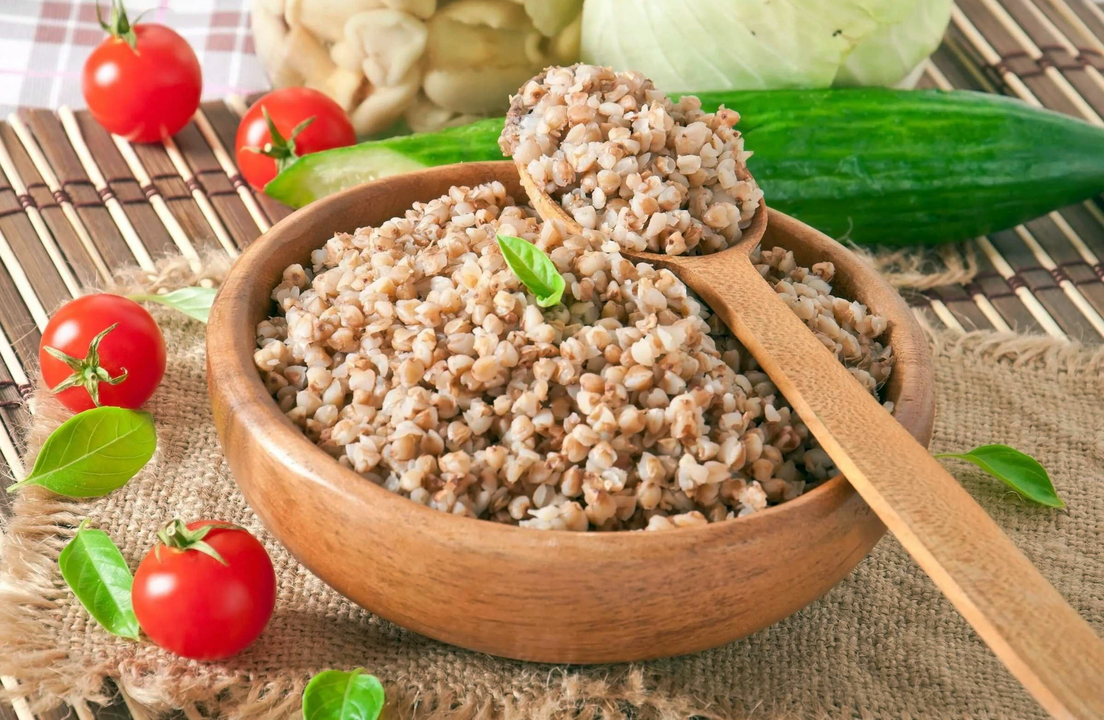
- Breakfast: buckwheat porridge with milk and a little honey;
- Lunch: buckwheat porridge with meat and vegetables, fresh vegetables, green tea;
- Dinner: stewed chicken breast with buckwheat, vegetable salad with butter, green tea.
Friday
- Breakfast: buckwheat porridge on water with a fried egg;
- Lunch: buckwheat porridge with vegetables and red fish, vegetable salad with butter;
- Dinner: stew with buckwheat, fresh vegetables, green tea.
Saturday
- Breakfast: buckwheat porridge with milk and a little honey;
- Lunch: buckwheat porridge with chicken and vegetables, fruit salad with yogurt;
- Dinner: buckwheat porridge on water with boiled chicken, vegetable salad with butter, green tea.
Sunday
- Breakfast: buckwheat porridge on water with a fried egg;
- Lunch: buckwheat porridge with vegetables and beef, fresh vegetables, green tea;
- Dinner: vegetables baked with buckwheat, vegetable salad with butter, green tea.
How to properly prepare buckwheat for a diet
Buckwheat is a healthy and nutritious dish, an excellent option for those who take care of their health and want to lose weight. But how to cook buckwheat correctly so that it is not only healthy, but also tasty?
The simplest and most common way to prepare buckwheat is by boiling it. But it's important to remember that buckwheat cooks very quickly and you need to pay attention to the time so that it doesn't overcook and turn into porridge.
There are several ways to cook buckwheat: in a saucepan, in a slow cooker or in a rice cooker. In all cases, the proportion should be 1: 2 (one part buckwheat to two parts water). It is best to use boiling water to cook buckwheat, so it cooks faster.
Also, before cooking buckwheat, wash it well to remove any remaining dust and dirt, as well as to get rid of bitterness.
To give buckwheat a special taste and aroma, you can fry it in a pan with the addition of garlic, onion or other seasonings. This way you will get a richer taste and make buckwheat even more appetizing.
In addition, buckwheat can be used to prepare various salads, side dishes and soups. It is ideal as a base for dietary dishes, as it contains a lot of protein, fiber and B vitamins.
It is important to remember that buckwheat should be consumed in moderation, as it is a high-calorie food. But properly prepared buckwheat is an excellent option for dieting.
Examples of buckwheat recipes
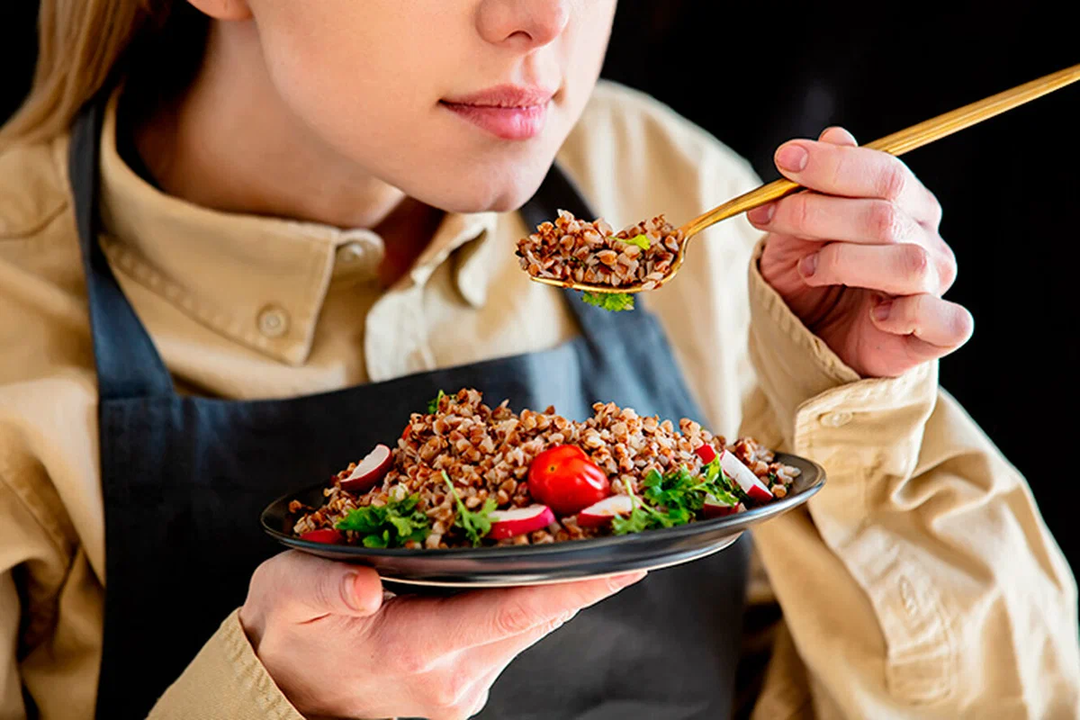
Buckwheat porridge with mushrooms
Buckwheat porridge with mushrooms is an excellent option for those who want to lose weight and get a lot of nutrients. To prepare the dish, you need to rinse the buckwheat in advance and cook it until fully cooked, adding a little salt. Place the frying pan on the fire and heat, then add the olive oil and finely grated mushrooms, frying until golden. Add the prepared porridge to the pan and stir until cooked.
Buckwheat pancakes
Preparing buckwheat pancakes is elementary. To do this, soak the buckwheat for several hours, then squeeze out excess moisture and grind it in a blender into flour. Add the vegetable flour, egg and a little sugar, mix well and fry. Buckwheat pancakes are an ideal dish for those who want to buy a healthy snack on the go.
Buckwheat noodles
Buckwheat noodles can be added to most dishes instead of regular noodles. Preparation is easy: leave the buckwheat flour to soak for several hours, then remove and knead, adding flour from other grains until you obtain the desired dough consistency. Turn the dough into noodles and boil until ready.
Buckwheat pancakes
Buckwheat pancakes are an ideal dish for lovers of sweet taste. To prepare pancakes, you need to stir the dough with buckwheat flour, eggs and sugar, adding milk to obtain a smooth consistency. Grease the frying pan with oil and pour the batter for each pancake, one by one. Fry the pancakes until golden and serve with your favorite jam.
The main benefits and advantages of the buckwheat diet
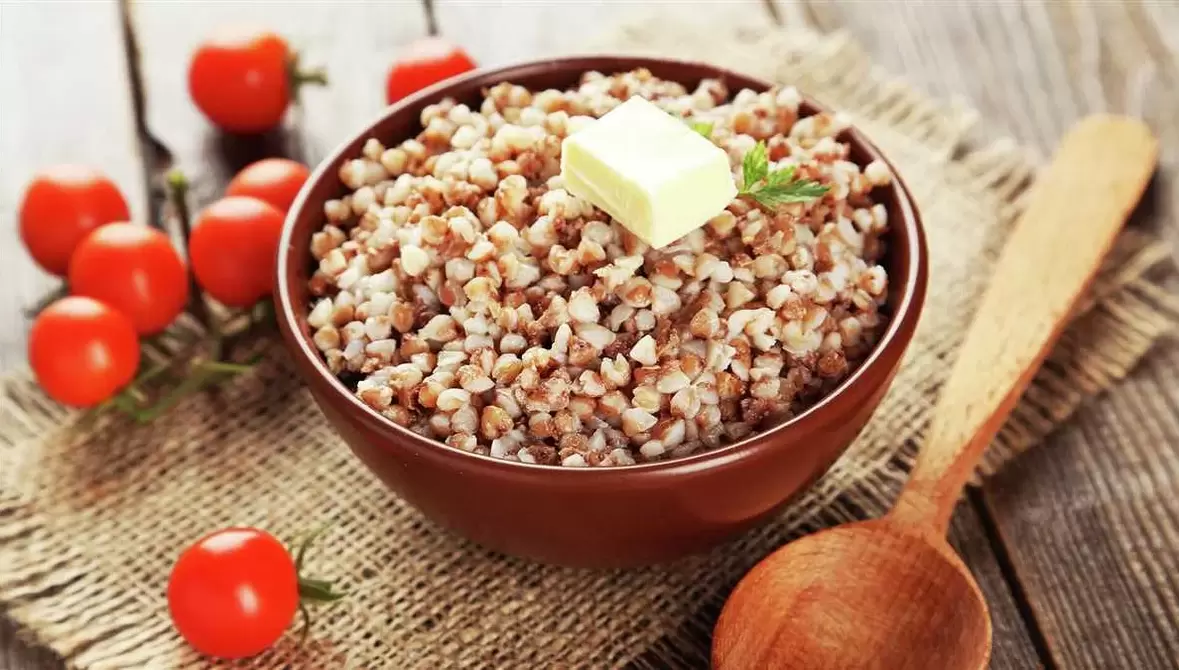
- Advantage 1:Buckwheat is a rich source of protein, which not only speeds up metabolism but also promotes weight loss.
- Advantage 2:It contains a large amount of fiber, which accelerates the digestion of food, eliminating toxins and normalizing intestinal function.
- Advantage 3:Buckwheat is rich in magnesium, potassium and iron, essential for heart health and reducing blood cholesterol.
- Advantage 4:Eating buckwheat helps regulate blood sugar levels, making it an ideal food for people with diabetes.
- Advantage 5:A buckwheat diet can significantly reduce the risk of cancer and other lifestyle diseases.
- Advantage 6:It does not require complex dietary restrictions and is also accessible and inexpensive.
- Advantage 7:Buckwheat dishes are tasty and easy to prepare, which makes it a favorite of many.
Possible disadvantages of the buckwheat diet
The buckwheat diet, although popular and effective for weight loss, may have some disadvantages that are worth knowing about.
- Limited number of products. The buckwheat diet is based on consuming only buckwheat porridge, fruits, vegetables and natural products, which can be restrictive and lack nutritional diversity.
- Deficiency of certain vitamins and minerals. Buckwheat does not contain a full range of vitamins and minerals such as calcium, iron, vitamin C, etc. Because of this, a deficiency of these substances can occur and harm your overall health.
- Risk of reverse effect. If you start eating incorrectly after the buckwheat diet, the risk of gaining extra pounds will be high. Also, due to a sharp decrease in calorie intake, a decrease in metabolism and a decrease in body tone may occur.
In general, the buckwheat diet is a useful and effective way to lose weight, but before you start, make sure that you have no contraindications and that your diet will be varied and complete enough to avoid a deficiency of essential substances. .
Who can recommend the buckwheat diet: list of candidates
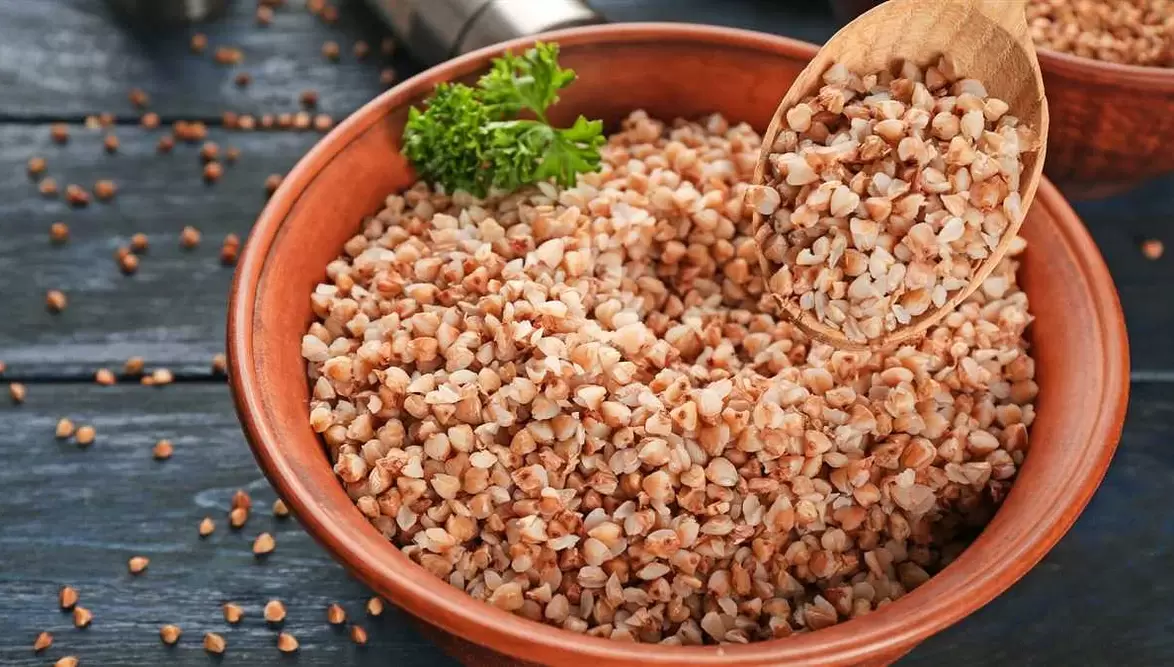
The buckwheat diet is suitable for most people who want to lose weight and improve their health. Here are some categories of people for whom the buckwheat diet can be recommended:
- People who are overweight.
- Struggling with digestive issues.
- People who need blood renewal.
- For those who practice fasting and fasting.
- People with weak immunity.
Before starting the buckwheat diet, you should always consult a doctor to make sure you have no contraindications. Also, choose only high-quality, natural buckwheat to get all the nutrients from it.
Who shouldn't choose the buckwheat diet?
Although buckwheat is a healthy product, it should not be consumed by people suffering from certain diseases, such as gastritis, gastric and intestinal ulcers, and pancreatitis.
Another contraindication to the buckwheat diet is a lack of energy and protein. And if you are allergic to buckwheat, you shouldn't choose it. Also, the buckwheat diet is not recommended for women during pregnancy and breastfeeding.
Furthermore, the buckwheat diet is a very strict method of weight loss and can be harmful to your health if followed for a long time. Therefore, if you have health problems, it is always best to consult your doctor before starting the buckwheat diet.
First results and how much you can lose in a month on a buckwheat diet
The buckwheat diet is one of the most popular weight loss methods. Its fundamental principle is to consume exclusively buckwheat for a certain period of time.
The first results are visible just a few days after starting the diet. This is due to the properties of buckwheat - it allows you to reduce blood sugar levels and improve intestinal function. Furthermore, buckwheat is a source of organic acids that help activate metabolism.
How much can you lose in a month on a buckwheat diet? It all depends on your starting weight, lifestyle and duration of the diet. On average, you can lose 5 to 10 kg per month. But it's important to remember that severe dietary restrictions can cause stress to the body and negatively affect health.
Benefits of Buckwheat Diet:
- Possibility of rapid weight loss;
- Low-calorie product, rich in vitamins and minerals;
- Easy to prepare;
- Reducing blood cholesterol levels and the risk of developing cardiovascular diseases.
Disadvantages of the buckwheat diet:
- High glycemic index levels, which can lead to high blood sugar levels;
- Dietary restrictions can cause stress reactions in the body;
- A poor diet can lead to vitamin and mineral deficiencies.
Overall, the buckwheat diet is an effective method for losing weight, but it can be difficult to implement. Before starting, you should carefully study the rules and features of the diet, as well as consult a doctor or nutritionist.
How to safely complete the buckwheat diet and avoid extra pounds
The buckwheat diet is one of the most effective ways to lose weight, but after completing it it is important to properly return to your normal diet so as not to regain the lost pounds.
The first step to abandoning the buckwheat diet is to gradually increase the amount of food consumed. Try not to overeat or return to your usual diet immediately after the diet. Add new foods gradually and monitor the amount of calories you consume.
It is important not to forget water balance. Drinking plenty of water will help your body cope with the transition to a new diet and not retain excess fluid in the body.
Try to avoid fast carbohydrates and foods rich in sugar and fat, returning to your normal diet. Instead, focus on eating foods rich in protein, dietary fiber, and complex carbohydrates.
Finally, eat in moderation and maintain a healthy lifestyle, including regular physical activity, to not only maintain your gains but also improve your overall health.
Ways to maintain results after a buckwheat diet
Moderation in nutrition
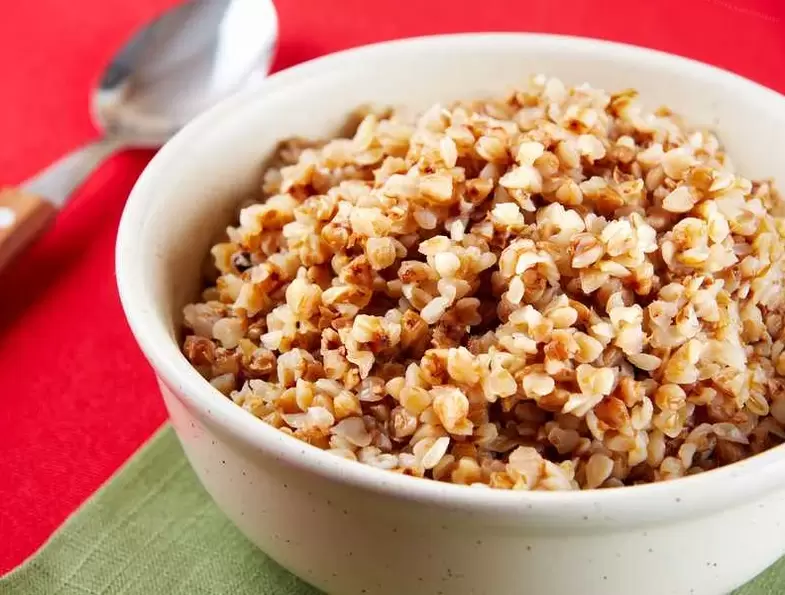
After finishing the buckwheat diet, it is important not to immediately switch to a regular diet, especially to fatty and sweet foods. These foods can ruin your weight loss efforts and cause you to return to your previous weight. Gradually introducing new foods into your diet, as well as small portions throughout the day, will help maintain current results.
Activity and exercise
Maintaining physical activity will help maintain a high level of metabolism and prevent extra pounds from "fixing" in the body. Avoid too much stress and training that the body could not handle before. Small exercises done regularly can be much more effective.
Adequate sleep and avoiding stressful situations
Lack of sleep and stress negatively affect your metabolism, making it difficult to lose weight and causing you to gain extra weight. Using practices like meditation and relaxation can help relieve excess stress and establish a sleep pattern. These methods will also help maintain the motivation and discipline needed to maintain results after the buckwheat diet.
How to properly combine physical activity with a buckwheat diet
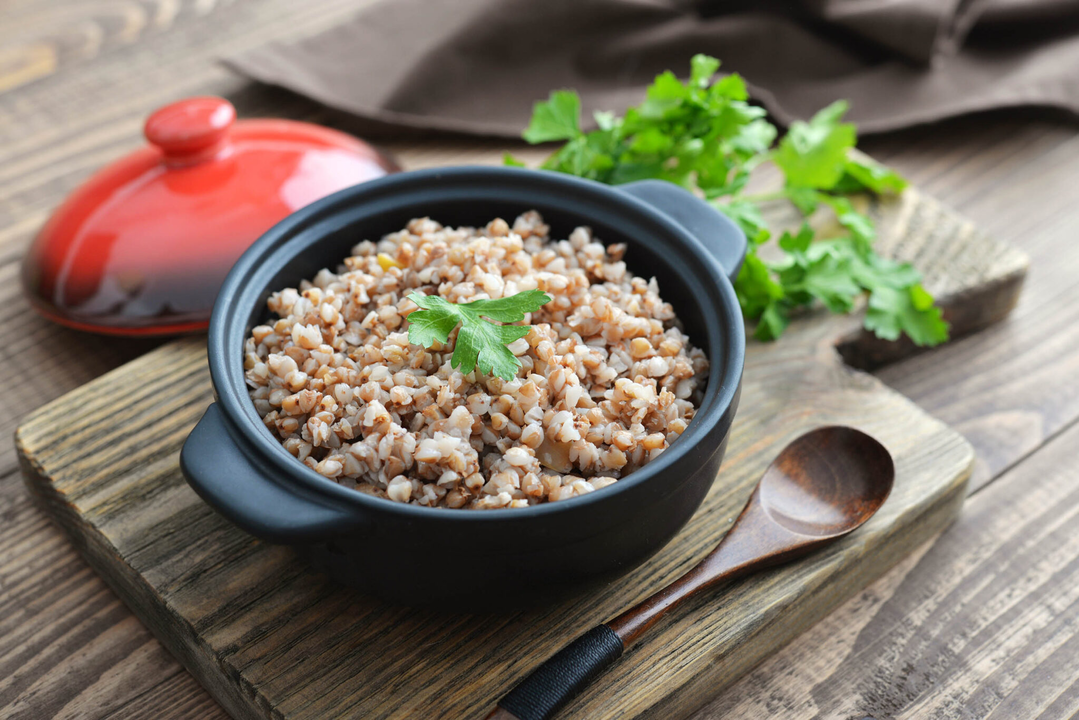
When following the buckwheat diet, it is very important not only to choose the right foods, but also not to forget about physical exercise. To avoid lack of energy and fatigue during training, it is necessary to properly regulate calorie consumption and choose acceptable loads.
As a rule, the buckwheat diet, which includes limiting fats and carbohydrates, can be extremely tiring for the body. Therefore, to avoid experiencing severe discomfort during training, you must reduce the intensity and duration of physical activity.
For example, resistance training to burn fat can be extremely beneficial on the buckwheat diet, but it needs to be adjusted according to new dietary restrictions. You can increase the number of workouts per week, but reduce the time of each - this will help maintain the required level of intensity, but will not lead to rapid fatigue and depletion of the body's resources.
Additionally, you can pay attention to stretching and yoga exercises. They will help reduce stress and restore energy after your workouts. You should also increase rest time between exercises to avoid muscle overload and relieve tension.
Overall, trying to combine the buckwheat diet with exercise can bring visible results if done correctly. It is necessary to choose an optimal training program that does not lead to overwork, as well as monitor its nutritional value and adjust it depending on the level of physical activity.
Pros and cons of the buckwheat diet: expert opinion
Benefits of Buckwheat Diet
The buckwheat diet is popular among people who want to lose weight. When done correctly, it can really help achieve this goal. The attributes of buckwheat, such as high fiber, protein and low glycemic index, make it nutritious and beneficial for the body, especially when consumed vegetarian. Furthermore, the buckwheat diet offers a varied diet, rich in vegetables, fruits and olive oil, providing the body with essential vitamins and minerals.
Disadvantages of the buckwheat diet
The duration of the buckwheat diet can be quite strict and monotonous, which leads to a decrease in satisfaction and an increase in the likelihood of failure of the original goal. The buckwheat diet may not contain enough protein, which can lead to loss of muscle mass and, in turn, a decrease in overall metabolic rate. It has been shown that diets based on the restriction of certain foods can lead to deficiencies of important micronutrients. It is also important to take into account that diet cannot replace treatment and consultation with a specialist in case of serious health problems.
Conclusion
All diets have their pros and cons, affecting the body in different ways. The buckwheat diet is no exception. It has been demonstrated that its results can only be achieved if the instructions are followed correctly, with no possibility of long-term use. It is also important to take into account the individual characteristics of the body and consult a specialist to obtain the best results and avoid unnecessary health risks.
Reviews of people who tried the buckwheat diet
- "I decided to try the buckwheat diet to lose weight. The first few days were difficult, but then the body got used to it and went as planned. I managed to lose 5kg in a week and feel lighter and more energetic. "
- "I can't say that the buckwheat diet helped me. I spent two weeks on it and only lost 1 kg. Plus, I was often hungry and irritable. But I think everyone should try to draw their own conclusions. "
- "I'm very pleased with the results I got after trying the buckwheat diet. I managed to lose 4 kg in two weeks and I think that's the most important thing. "Plus, I started to feel better and have more energy. "
It is important to understand that each organism is individual and the results of the buckwheat diet may vary. Before starting a diet, it is recommended to consult a specialist in the field of healthy eating.
Additional Buckwheat Diet Tips
Increasing the effectiveness of the diet
To speed up the weight loss process and get the most effective result, you must follow not only the rules of the buckwheat diet, but also some additional requirements:
- Don't forget about an active lifestyle. Regular physical activity will help speed up the fat burning process and improve the general condition of the body.
- Reduce the amount of salt you consume. Excess salt in the body causes fluid retention, which leads to edema and increases overall body weight.
- Drink more water. It is recommended to drink at least 2 liters of water per day to avoid dehydration and drowsiness.
- Increase the amount of vegetables and fruits to ensure you get enough vitamins and minerals.
Correct recipes for buckwheat diet
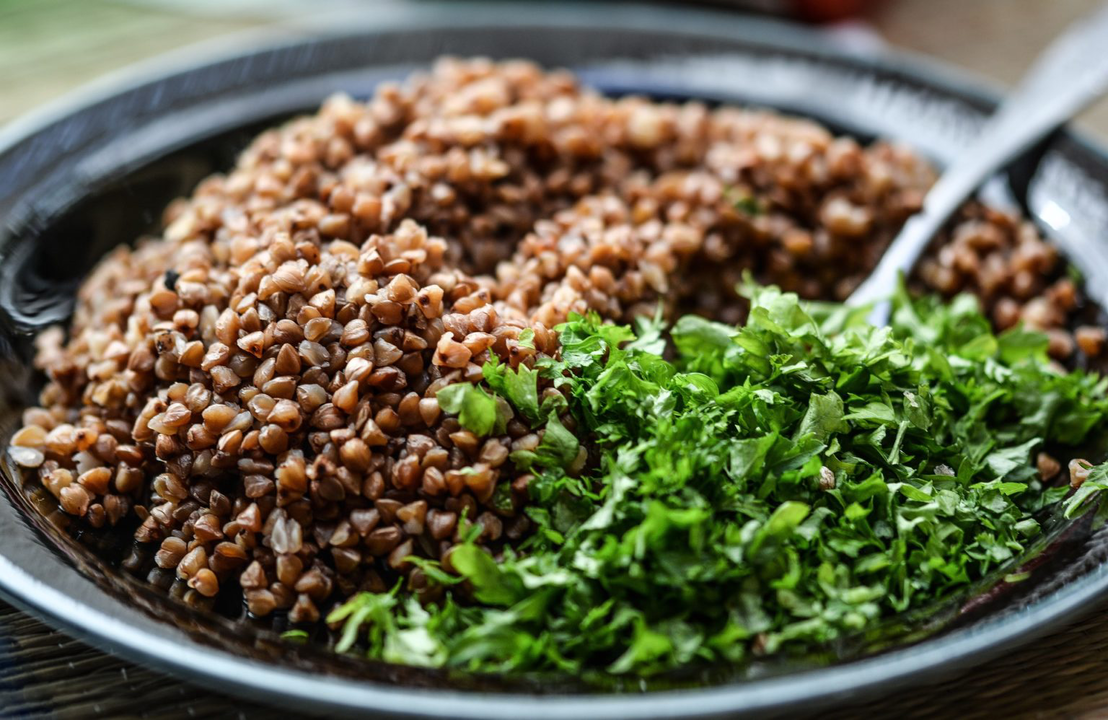
If you want to lose weight as much as possible on a buckwheat diet, you should know some rules when preparing and consuming this product:
- When preparing porridge, do not use milk or cream. Porridge absorbs water quickly, so you can avoid eating virtually empty calories.
- Use only lean meat or fish. All fryers generate and release large amounts of fatty foods, which increases buckwheat intake.
- Do not overuse seasonings and sauces to preserve the natural flavor of buckwheat.
Possible health risks
The buckwheat diet also has some potential health risks. Buckwheat can lead to a deterioration in metabolism, which will cause health problems and serious problems with the gastrointestinal tract.
Question answer:
What foods can you eat on a buckwheat diet?
The main product of the buckwheat diet is buckwheat, but it is also recommended to eat fruits, vegetables, lean meat and fish, eggs and natural yogurts.
How much weight can you lose on a buckwheat diet?
It depends on the initial weight, the degree of fat content and the amount of food consumed during the diet. Typically, a properly formulated buckwheat diet helps you lose 5-10 kg in 2-4 weeks.
What health benefits can a buckwheat diet bring?
The buckwheat diet promotes rapid weight loss, normalization of intestinal function, strengthening the immune system, reducing cholesterol levels and improving the condition of the skin, hair and nails. Buckwheat is also rich in protein, calcium, iron and other beneficial substances.
Is it possible to maintain a normal level of physical activity on a buckwheat diet?
Yes you can. However, it should be remembered that the buckwheat diet is designed to be low in calories, so physical activity should not be too intense.
Is it possible to exclude dairy products from a buckwheat diet?
Yes you can. However, in this case, you should replace your morning yogurt with another source of protein, such as eggs or meat.
Is it true that eating buckwheat can contribute to the formation of gallstones?
It's a myth. On the contrary, buckwheat contains substances that help prevent the formation of gallstones.
What disadvantages can a buckwheat diet have?
The buckwheat diet can lead to deficiencies in some vitamins and minerals, especially if used for a long time without interruption.
Is it possible to eat buckwheat for lunch and dinner?
Yes, you can, but in this case you should limit the portions of buckwheat and supplement your diet with fresh fruits, vegetables and lean meat or fish.















